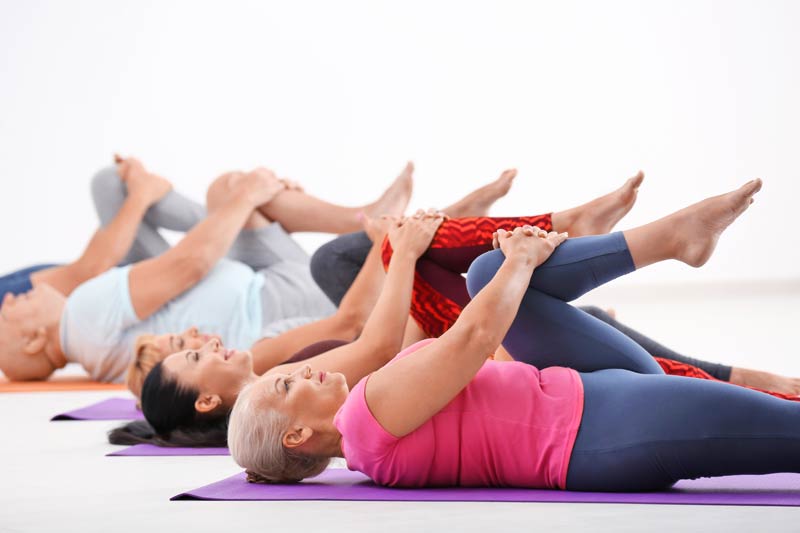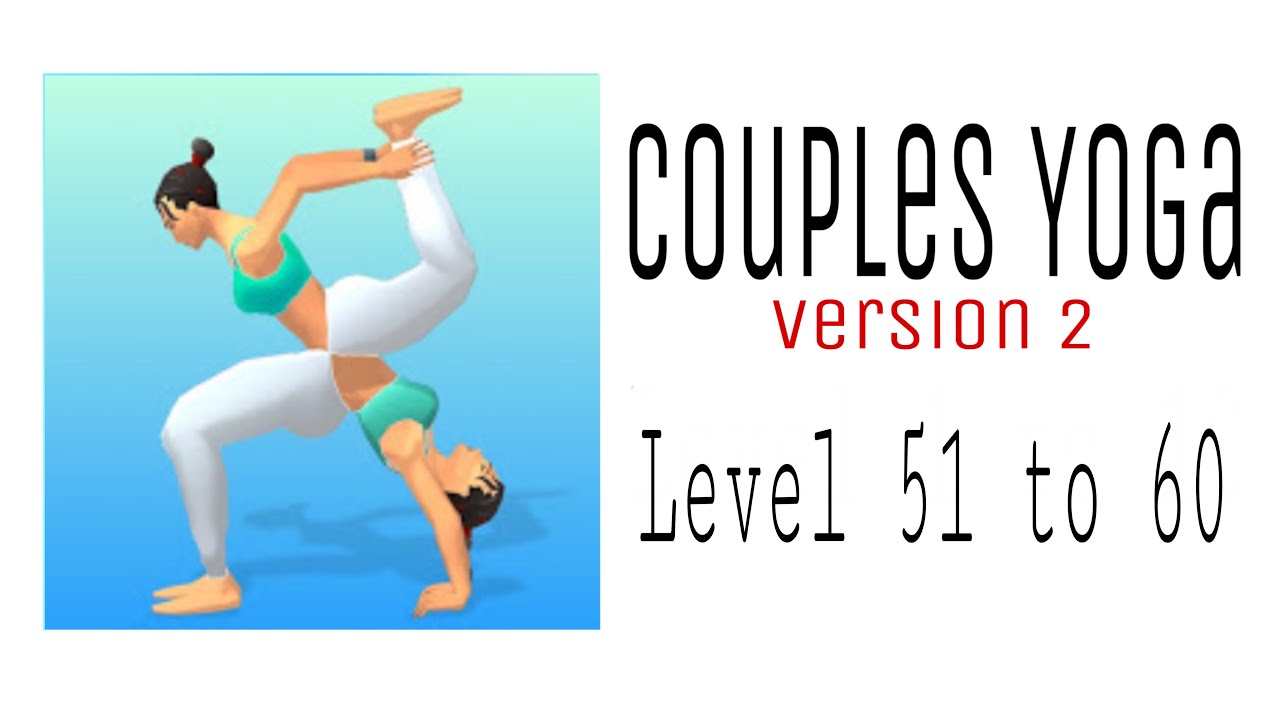
The Yoga Sutras by Patajali is a collection of 196 Sanskrit-language sutras. The texts were compiled in the early centuries CE by sage Patanjali, who synthesised the wisdom of the older traditions on yoga. These sutras, originally a work in development, are now widely recognized as one of most important sources for the practice and teaching of yoga.
There are four chapters to the Yoga Sutras. The first chapter is dedicated towards enlightenment. The next four chapters cover the steps to achieve the goal. The 52 sutras provide information on the benefits of meditation and kriyas. The 54/55 sutras detail Ashtanga and Karma yoga. The last two sutras explain the benefits of meditating on a regular basis.
Patanjali's Yoga Sutras are considered the foundational text of yoga, and contain 196 short verses that are the basis of the practice of yoga. While they are thought to date back 400 B.C. many scholars believe Patanjali is not the creator of Yoga, but rather a great teacher of the art. The sutras are divided into five levels, or padas.
Samadhi, the eighth limb, is it. This state of pure contemplation and meditation is the highest goal in yoga. According to the Sutras, Nirbija–samadhi (also known as seedless contemplation) is when the body and spirit are completely separated. This is when the mind is completely free from all egos and matter.

Yoga is a spiritual endeavor, and the Yoga Sutras provide the basis for this practice. It is a way to observe the principles of nature. The three elements of nature are: sattva; rajasa; and tamasva. The first and most important is the sattvayama, which is also the most difficult. It is hard to comprehend the purpose and importance of the other three. However, ahimsa stands out as the highest.
The Yama and Niyama are the sections of the Yoga Sutras first book. The first is a biography that includes a description of Patanjali. This biography is about the famed yogi. The yoga sutras are the most important part of the second book. They also provide information on the history of yoga. Besides the historical background of the text, the sutras also contain a detailed discussion of the origins of the practice.
In the original text, Patanjali's Sutras are divided into three sections: The Mahabhashya Pranayama and The Bhashya. The Mahabhashya third chapter is an important part of the book. It provides an overview of the theory and practice for yoga and explains how to reach enlightenment. The fourth chapter is the defense of Panini.
The Yoga Sutras form the heart of Patanjali’s second book. The words are written in Sanskrit, but the Sanskrit word for sutra means "thread". The Sutras are a part of Hindu Scripture. It is the foundation for yoga. Its creation dates back to 250 BCE and the first centuries of the first millennium.
The Yoga Sutras are often dense, abstruse, and complex in terms of language and content. Because of their difficulty, a commentary on the Yoga sutras is highly recommended. However, it is not essential for the Yoga sutras. There is some disagreement over the translations of the Yoga sutras, but the text is the core of the book. Some versions of the book use the word "asana" to refer to a single posture, while others have different versions of the same phrase.

The Yoga Philosophy of Patanjali's Sutras are considered one of the most essential yogic texts. The Sutras can be helpful for anyone who wants to learn ancient techniques or practice yoga in a modern setting. They're also relevant for modern yoga. Ultimately, it's your choice how to practice the Yoga Sutras. There are many benefits to learning the Yoga Philosophy from Patanjali.
Patanjali's insight can be found in a vast number of sacred texts. His writings define the eight limbs of yoga, the five types of yogi bodies, and the five qualities of a yogi's mind. These Sutras provide inspiration and should be studied. This book will explain the basic principles and practices of Yoga.
FAQ
What does butter do to men?
Butter is a great source of saturated fats. This fat is good for hair and skin health, as well as stronger bones.
Butter also contains vitaminK, which prevents bleeding after cuts and bruises. Vitamin K and vitamin B work together to prevent any bruising.
Butter is also rich with minerals, such as calcium and phosphorous. These elements promote stronger bones and teeth.
However, butter has some drawbacks. Butter contains high amounts of cholesterol. Research has shown that high levels of cholesterol could increase your chances of developing cardiovascular disease.
Also, butter is high in saturated fat, contributing to obesity and increased cholesterol levels.
You can spread butter on bread if you are forced to use it. Bread absorbs oil more than pasta or potatoes.
How often should you exercise per week?
It all depends upon how much time you have and what type or exercise you prefer. An average guideline is to do moderate-intensity aerobic activity 3 to 5 days per semaine. It is important to not overdo it. For maximum results, consistent exercise is key to getting the most out of your workouts.
Which exercises are best suited for me?
It all depends upon your fitness goals. Some people choose to focus on endurance activities, such as swimming, cycling, and running. Others prefer lifting weights, or using resistance bands. There are so many different types of exercise programs available today. Find the best option for you.
Is cardio exercise good for your health or bad?
Cardiovascular exercise is a great way to improve your cardiovascular health. It increases blood circulation, strengthens the heart muscle, boosts stamina, aids in weight loss, and gives you more energy.
Cardiovascular exercise includes running, biking, hiking, swimming, tennis, basketball, soccer, volleyball, football, etc.
Cardio exercises should not be done at high intensity. This could cause injury.
If you feel fine, only do the cardiovascular exercise.
Never push yourself past your limits. You could injure yourself if you do.
Begin by warming up before engaging in cardio exercise. Gradually increase the intensity.
You must always listen to what your body is telling you. You should stop immediately if you feel any pain while doing cardiovascular exercise.
Also, after a cardiovascular workout, it's advisable to take a rest. This will allow your muscles to rest.
Cardiovascular exercise can help you lose weight.
It is the best way for you to lose calories and decrease belly fat.
Is it true that kidney stones can be caused by overeating protein?
Protein is essential for healthy bones and tissue. But consuming too much protein can lead to calcium excretion through urine. This can cause kidney stones.
Not everyone who eats more than 2g of protein per kilogram (2.2 lbs) of bodyweight will get kidney stones. It is possible to eat high levels of protein without developing kidney stones.
Your sodium intake can prevent kidney stone formation. Sodium regulates the body's water balance. Too much sodium can cause kidney stones.
You may also want to reduce your protein intake in the event of kidney stones. The majority of adults need protein for half their daily caloric needs. If you cut back on protein, you'll likely lose weight.
If you do decide to eat more protein, don't go overboard. Aim for less than 20% of total calories from protein.
Statistics
- Candidates and applicants must pass all four tests at 70% (minimum level) to graduate from Basic Deputy U.S. Marshal (BDUSM) Training. (usmarshals.gov)
- Are You One of the 20% of Guys (mh.co.za)
- According to the American Heart Association, blood pressure should be checked at least once every two years, beginning at age 20. (my.clevelandclinic.org)
- According to the American Academy of Dermatology (AAD), men over 50 are at a heightened risk of developing it. (healthline.com)
- The PRS enabled risk stratification for overall prostate cancer and lethal disease with a four-fold difference between men in the highest and lowest quartiles (HR, 4.32; 95% confidence interval [CI], 3.16-5.89). (pubmed.ncbi.nlm.nih.gov)
External Links
How To
What nutrients do men need each day?
Men require daily nutrition for healthy growth and development. The body needs vitamins, minerals as well as proteins, carbohydrates and fats.
Males also require specific nutrients at certain times of the day. To give you an example, the body uses energy it receives from food to make hormones and antibodies. You use protein to build muscles and repair damaged tissue when you wake up.
Your body uses the night to break down fat and store extra energy as glucose. Your body has less energy but still requires enough nutrients during this time. You can have a snack at night if you feel hungry.
When you work out, you need adequate levels of carbs and protein to fuel your muscles. After a hard workout, muscle soreness may occur.
To prevent this, you must consume carbs and protein within 2 hours of training. To provide energy, your body will begin to break down stored glycogen.
In addition, you must consume protein immediately after completing your workouts. This prevents muscle tissue from being broken down while you are sleeping.
Your body makes lactic acid when you are doing intense physical activities. It is a form of lactic acid that builds up in the bloodstream. This causes fatigue. You can avoid this by eating carbohydrates-rich foods like fruits and veggies.
Carbohydrates provide energy for your body to recover after strenuous exercise.
You may also want to include lean meats and fish, as well as yogurt, cheese, yogurt, beans and nuts in your diet.
All of these foods contain high quality protein. Protein promotes muscle growth, and helps repair damaged tissues. It provides amino acids that your body needs in order to produce sexhormones and testosterone.
For healthy skin, hair and joints, it is important to eat enough fats. Healthy men require between 20% and 35% of total caloric intake from fat.
Fat helps keep your heart strong and protects against cancer. Your brain also functions properly thanks to fat.
Vegetable oils such as sunflower oil and soybean oil can provide most of your fat needs.
These oils have high amounts of monounsaturated oil fatty acids, (MUFAs). MUFAs can lower cholesterol levels and reduce inflammation. They protect your cells and prevent damage from free radicals.
Saturated fats (SFAs) are found mostly in animal products like meat, dairy products, and butter. SFAs are known to raise LDL ("bad") cholesterol and raise triglycerides. They can also increase weight and reduce belly fat.
Polyunsaturated oils (PUFAs), are found in plant-based foods like nuts, seeds and vegetable oils. PUFAs can improve cardiovascular function and reduce inflammation. They are also good for controlling blood sugar and cholesterol.
Low HDL ("good") cholesterol can lead to erectile problems in men. Consuming high amounts of saturated fats can increase bad cholesterol and lower good cholesterol.
Men who eat lots of red meat or pork can develop prostate problems. This is because these foods contain high amounts of nitrates. High temperatures can cause nitrates to become nitrosamines. These compounds can lead to cancer.
Many processed meats are high in nitrites, and other dangerous chemicals. Avoid them.
The American Heart Association recommends eating no more than 2 servings of red meat per week. Choose poultry, fish and legumes instead.